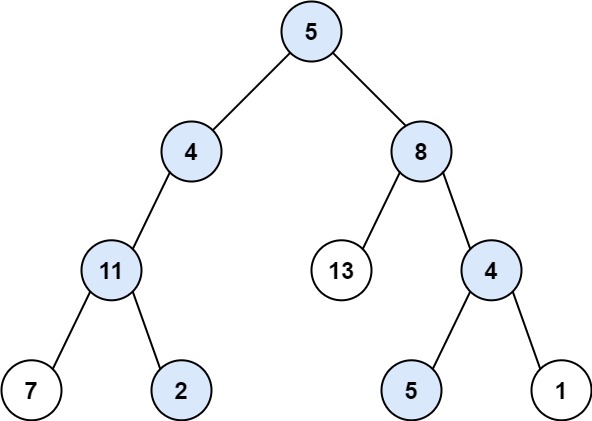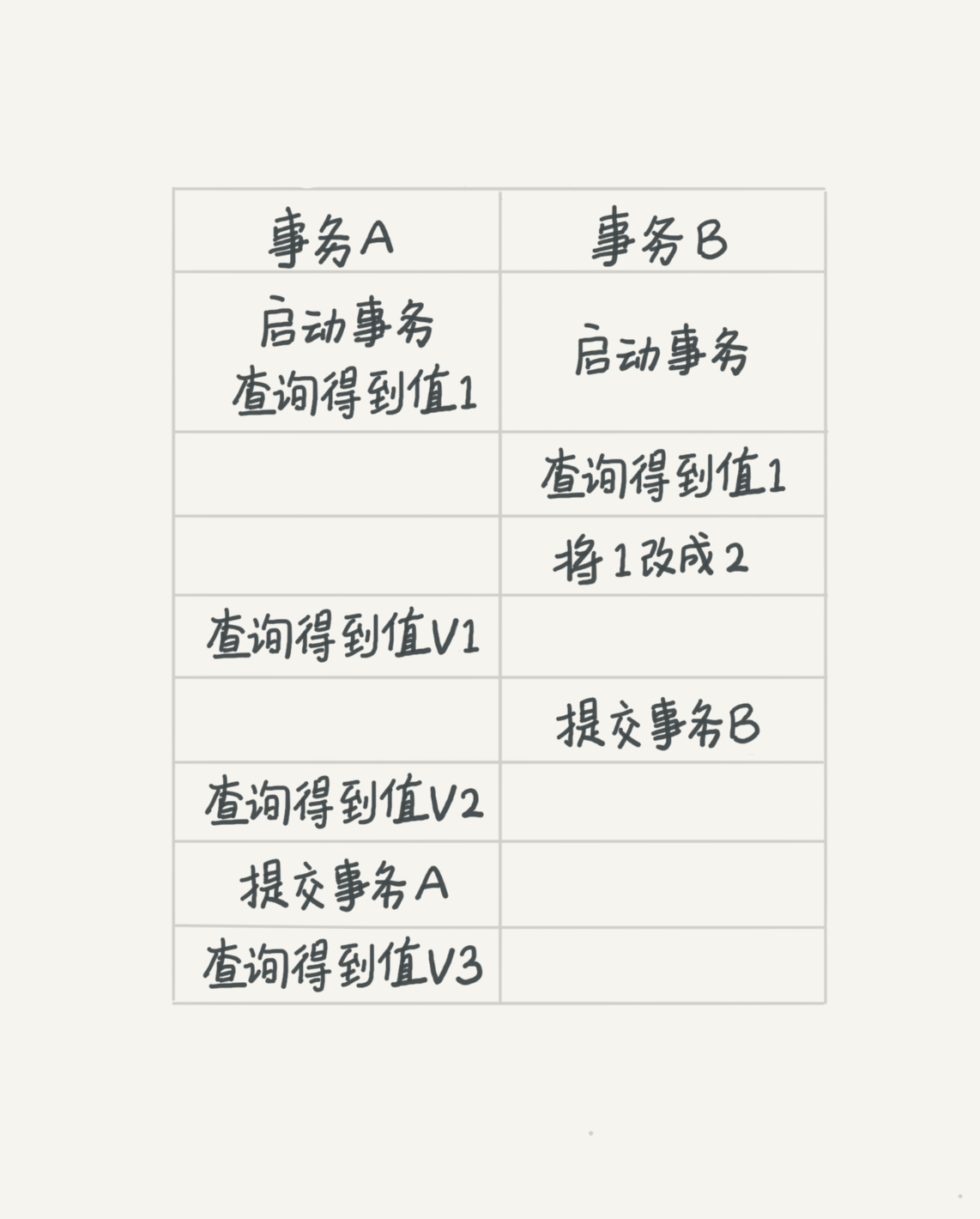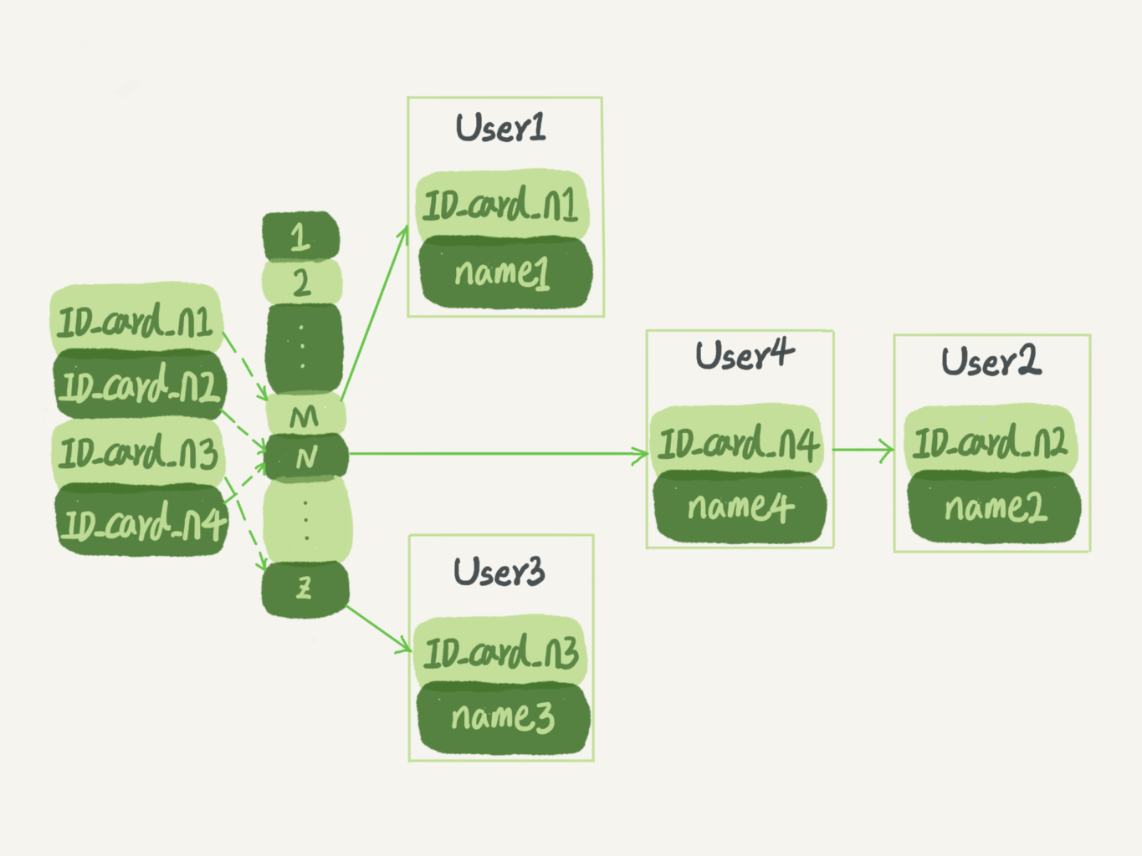很多人都听说过汉诺塔问题,这是来源于印度的古代游戏。一个板子上有三根柱子以及一些大小和颜色各不相同的圆盘。我们分别把这三根柱子叫做起始柱A、辅助柱B已经目标柱C,游戏的要求如下:
把起始柱A上所有的圆盘都移动到C柱,且在移动过程中始终保持圆盘从小到大排列,即大盘在下、小盘在上。
移动过程中可以把盘子放在A、B、C任意一杆上。
场景如图所示:

由于盘子的数量是不固定,数量越大,越难直接分析出每个步骤。所以需要把问题简化到我们可以分析的程度,然后找到算法来解决。如果存在某种规律,那么可以考虑用递归来解决问题了。
从最简单的情况开始分析,如果圆盘数量只有1个,那么步骤非常简单:
把圆盘从A柱移动到C柱。过程如图所示。

如果是2个盘子,那么需要三步:
1.先把最上面的小盘子从A移动到辅助柱B,
2.然后把最大的盘子从A移动到C。
3.然后把最小的盘子从B移动到C。
如图所示,一共三步。

到目前为止没发现什么规律,需要进行增加盘子。
当盘子数量变成3,则步骤变多了。经过实验,如下:
1.把盘子从A移动C。
2.把盘子从A移到B。
3.把盘子从C移到B。
4.把盘子从A移动到C。
5.把盘子从B移动到A。
6.把盘子从B移动到C。
7.把盘子从A移动到C。
发现了一些规律,假设一共要转移N个盘子(N大于0,且为正整数):
- 每次都是先把除了最后一个盘子之外的盘子,也就是N -1个盘子先从起始柱A移动到了辅助柱B。
- 然后把最后一个盘子直接从起始柱A移动到目标柱C。
- 把N-1个盘子从辅助柱B移动到目标柱C。
通过重复将问题分解为同类的子问题而解决问题的方法,我们找到了递归终止的条件,就是当N等于1。
于是可以开始写代码了,JS实现如下所示:
/**
* The solution of the hanoi question
*
* @param {number} num the number of the disks
* @param {string} source start bar name
* @param {string} buffer auxiliary bar name
* @param {string} target target bar name
* @returns
*/
function hanoi(num, source, buffer, target) {
// When the num is 1, we can move the disk from source to target directly
if (num === 1) {
console.log(`Move the disk from ${source} to ${target}`);
return;
}
// move source to buffer
hanoi(num - 1, source, target, buffer);
// move 1 from source to target
hanoi(1, source, buffer, target);
// move num - 1 from buffer to target
hanoi(num - 1, buffer, source, target);
}
测试一下三个盘子的情况,结果输出如下:
Move the disk from A to C
Move the disk from A to B
Move the disk from C to B
Move the disk from A to C
Move the disk from B to A
Move the disk from B to C
Move the disk from A to C
对于递归问题,最重要的是找到递归终止条件和递推函数,也要注意有时候递归深度太大,会导致性能问题。征服汉诺塔问题,我们也同时弄懂了如何用好递归。













![[MFC]过滤数组中重复的数据](https://img2023.cnblogs.com/blog/3314438/202311/3314438-20231109155240623-770867522.png)




![原来你是这样的JAVA–[07]聊聊Integer和BigDecimal](https://img2024.cnblogs.com/blog/37001/202402/37001-20240224171021931-593439949.png)






